History
Cessna T-37 Tweet.
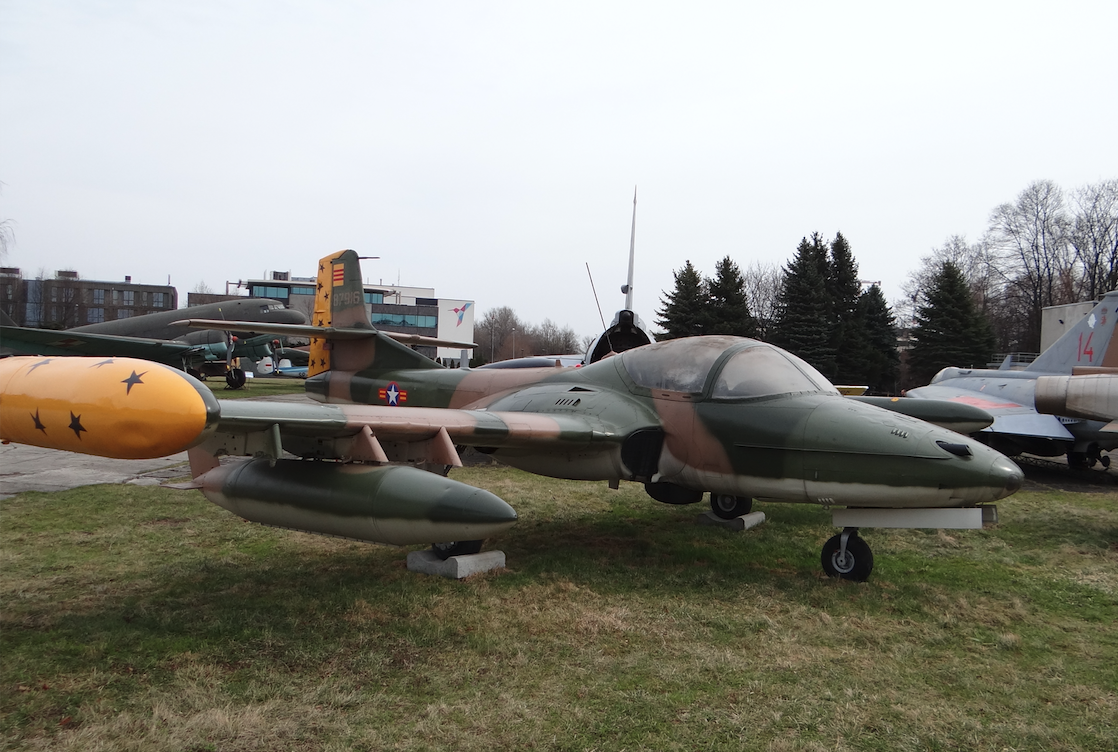
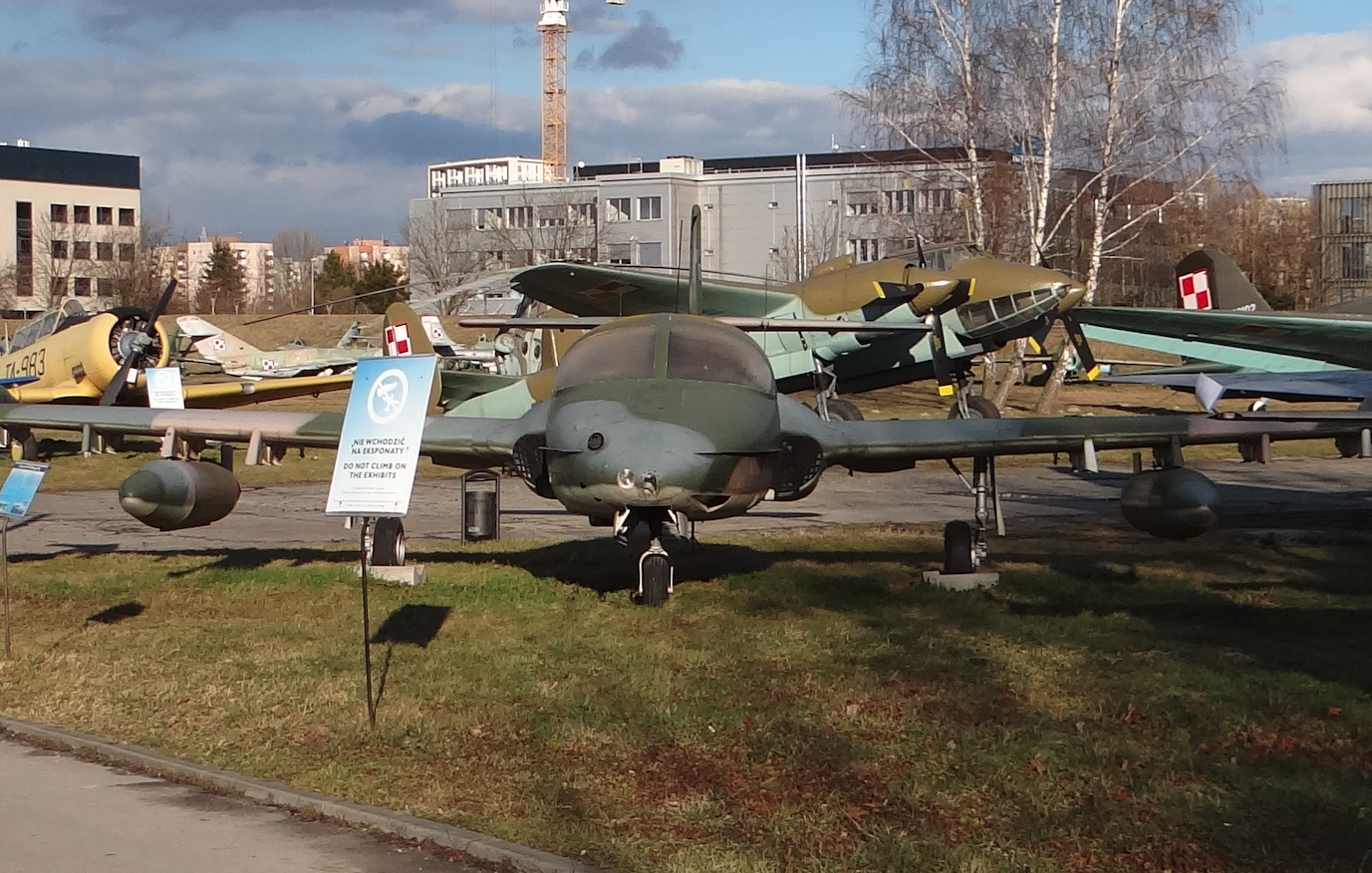
The Cessna T-37 Tweet (the company's designation as the Model 318) is a small twin-engine jet that has been flying for over 50 years as the main US Air Force (USAF) training and training aircraft. The plane was also used in other countries. The attack variant, designated Cessna A-37 Dragonfly, served as a light attack aircraft during the Vietnam War. The Cessna T-37 was produced from 1955 to 1975. 1,269 Cessna T-37 aircraft of various versions were built. The last aircraft from the USAF was withdrawn in 2009.
There was no equivalent of the Cessna T-37 / A-37 class aircraft in the communist countries.
Cessna A-37 Dragonfly.
The A-37 aircraft is an assault aircraft that performed well during the Vietnam War. The aircraft entered production in 1968. The plane received more powerful General Electric J-85 GE-17A engines, with a thrust of 2 x 12.7 kN.
577 A-37 B aircraft were produced, of which 254 Cessna A-37 B aircraft were transferred to the military aviation of the Republic of Vietnam (South Vietnam). In 1975, the Democratic Republic of Vietnam (North Vietnam) attacked the Republic of Vietnam (South Vietnam). As a result of the hostilities, Vietnam was united by force. Most of the captured Cessna A-37 B planes were put into service in the aviation of socialist Vietnam. The planes were then used in hostilities in Kampuchea (Cambodia).
In general, the A-37 B planes returned to the USA and were incorporated into the National Guard. However, many Cessna A-37 B planes remained in the hands of the communists. It was the same with the Northrop F-5E Tiger II.
Communist Vietnam found it increasingly difficult to keep aircraft airworthy. The communists turned to the CCCP for help. One Cessna A-37 B and one Northrop F-5E Tiger II were transported by train to Moscow. It is possible that there were more of these planes. However, the Russians did not manage to mount Russian replacements on the aircraft. In 1977, Vietnam sent one Cessna A-37 B and one Northrop F-5E Tiger II by sea to Poland, with the task of installing Polish aviation equipment on both aircraft. The ship with the planes arrived in Gdynia, and then by train to Warsaw. A group of Vietnamese also came to Poland. The work was undertaken by the Air Force Institute of Technology. The task was not completed. It turned out that Polish replacements do not fit American airframes. For example, Polish batteries with parameters such as the American ones were twice as large and did not fit into the airframes. The small arms used in the PZL Lim-5 aircraft were also not possible. The avionics architecture of American aircraft was completely different, and above all, it took up less space. There were even no suitable tire replacements. Also in the entire communist camp, there were no turbojet engines that could power American planes. As a result of the trials, both planes were seriously damaged. The team of specialists from Vietnam returned home.
There were no flights on American planes in Poland. It ended up starting the engines and taxiing. The planes were transferred from the Air Force Institute of Technology to the Aviation Institute in Okęcie. The planes were used to observe the solutions used in the Orlik, Iryda and the K-15 engine. At the beginning of the 90s, it was decided to donate American planes to the Museum of Aviation and Astronautics in Krakow. Currently, the Polish Aviation Museum.
In 2015, the Cessna A-37 B exhibit underwent a conservation process and received the painting of the aircraft from the 520th Fighter Squadron of the 74th Tactical Wing of the 4th Air Division of the Vietnam Air Force.
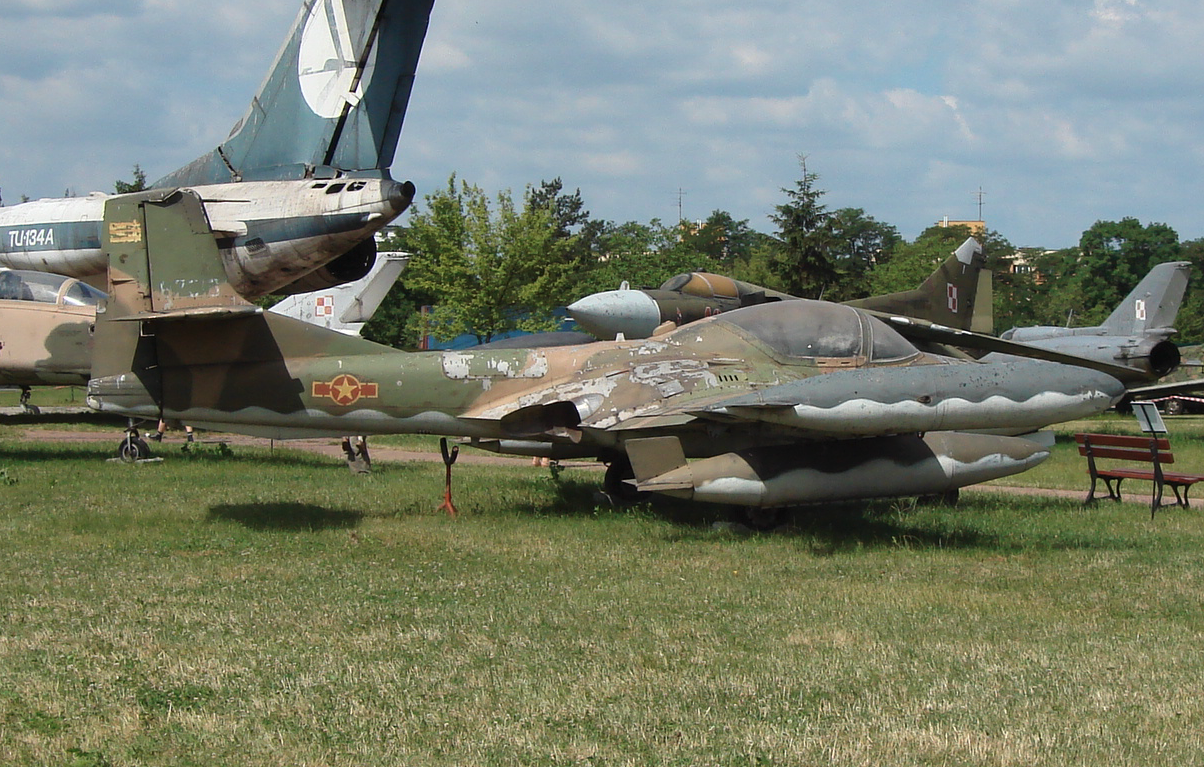
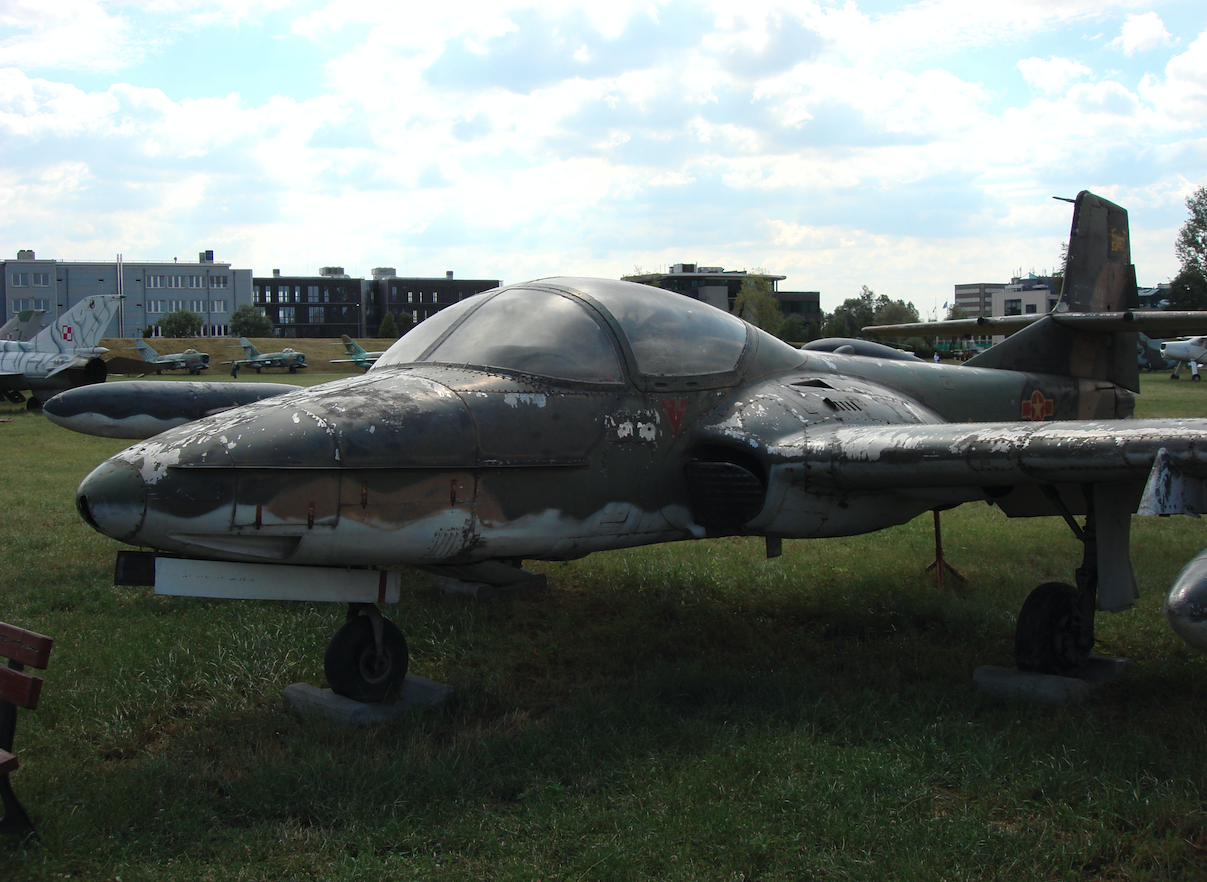
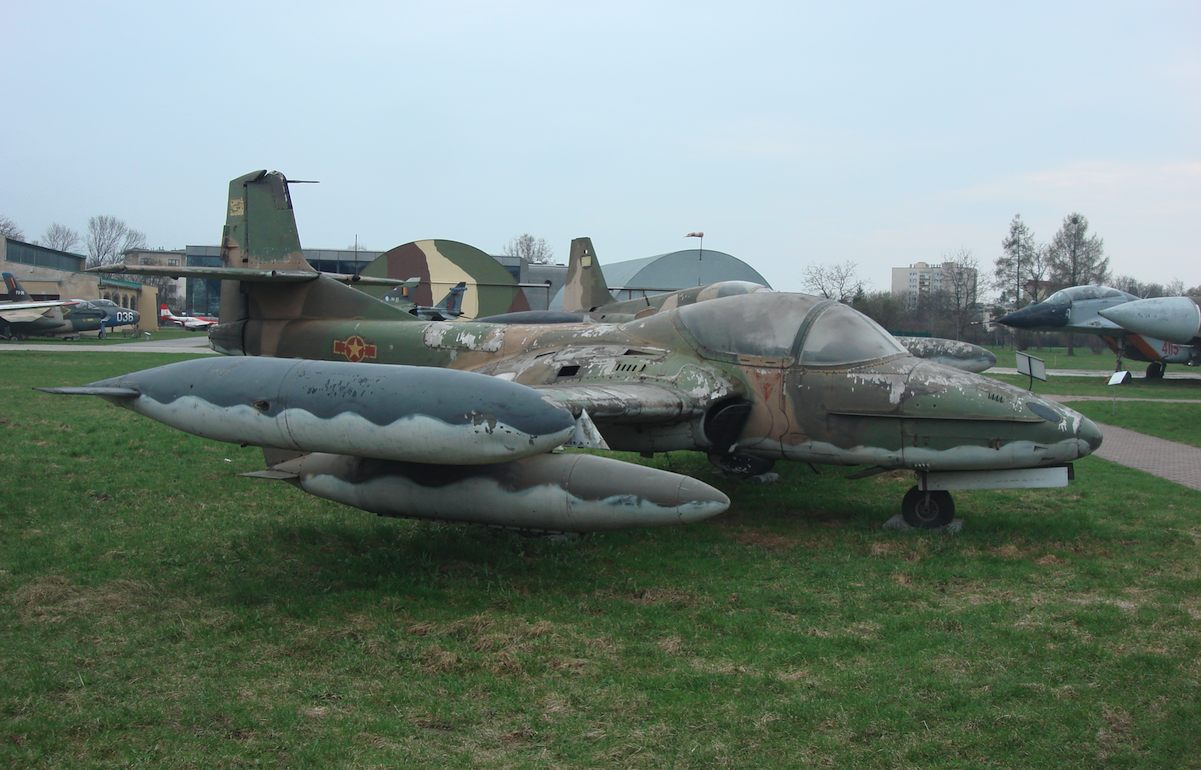
Written by Karol Placha Hetman
